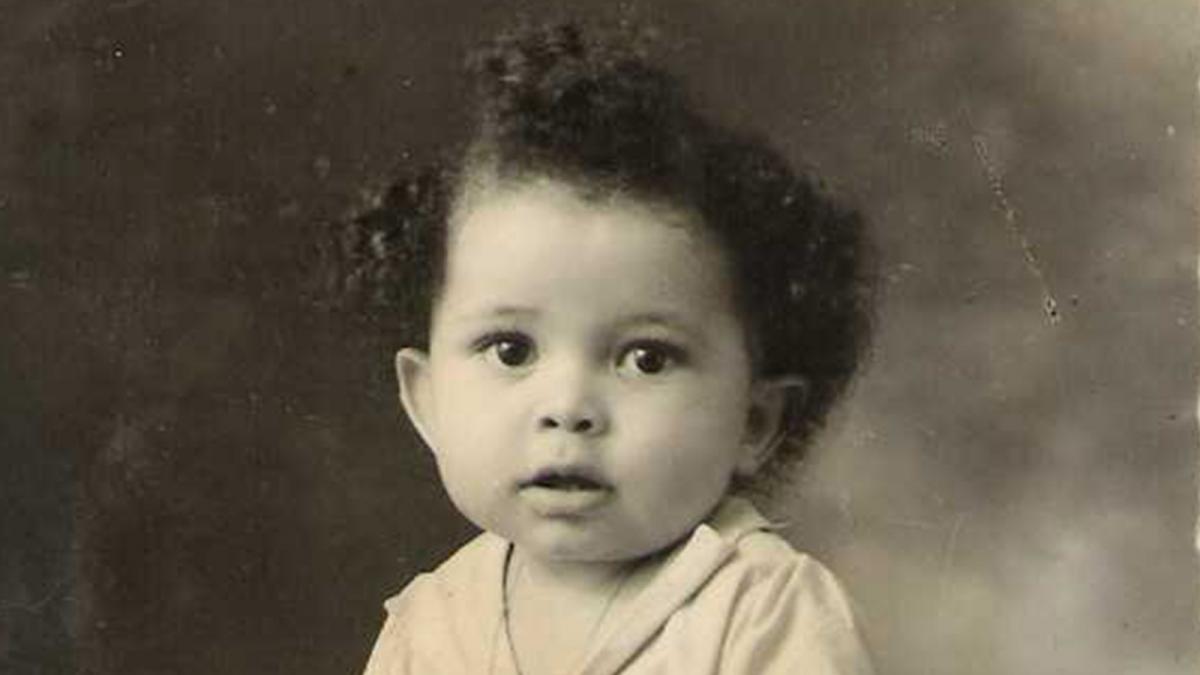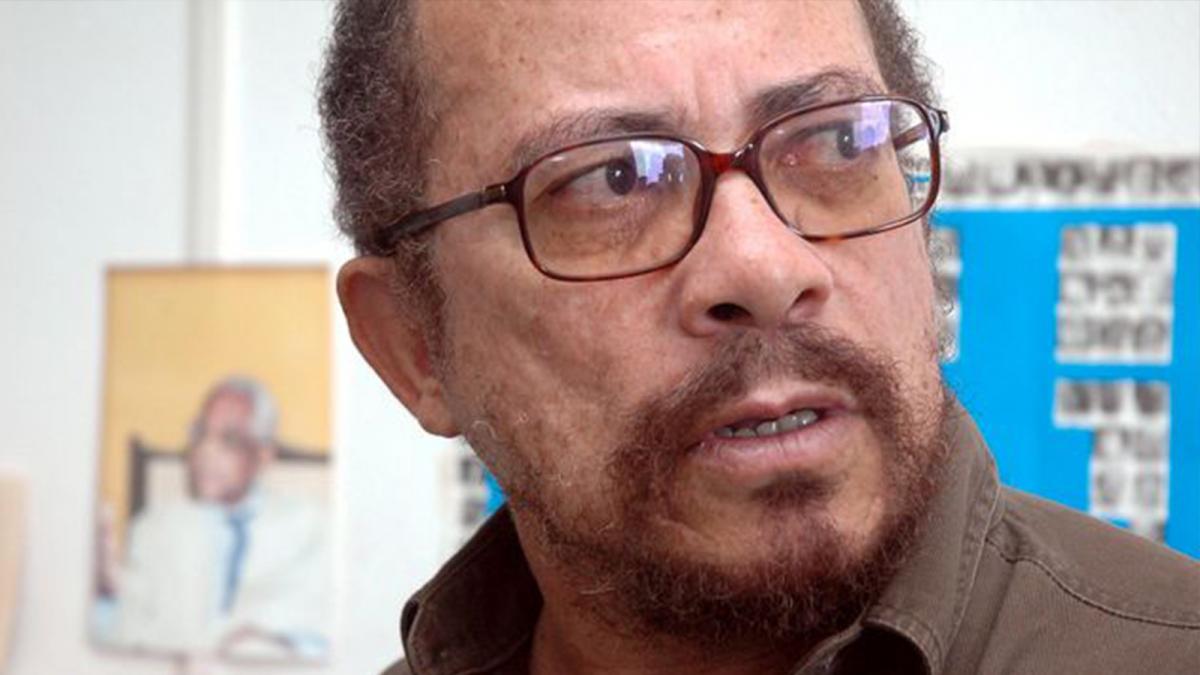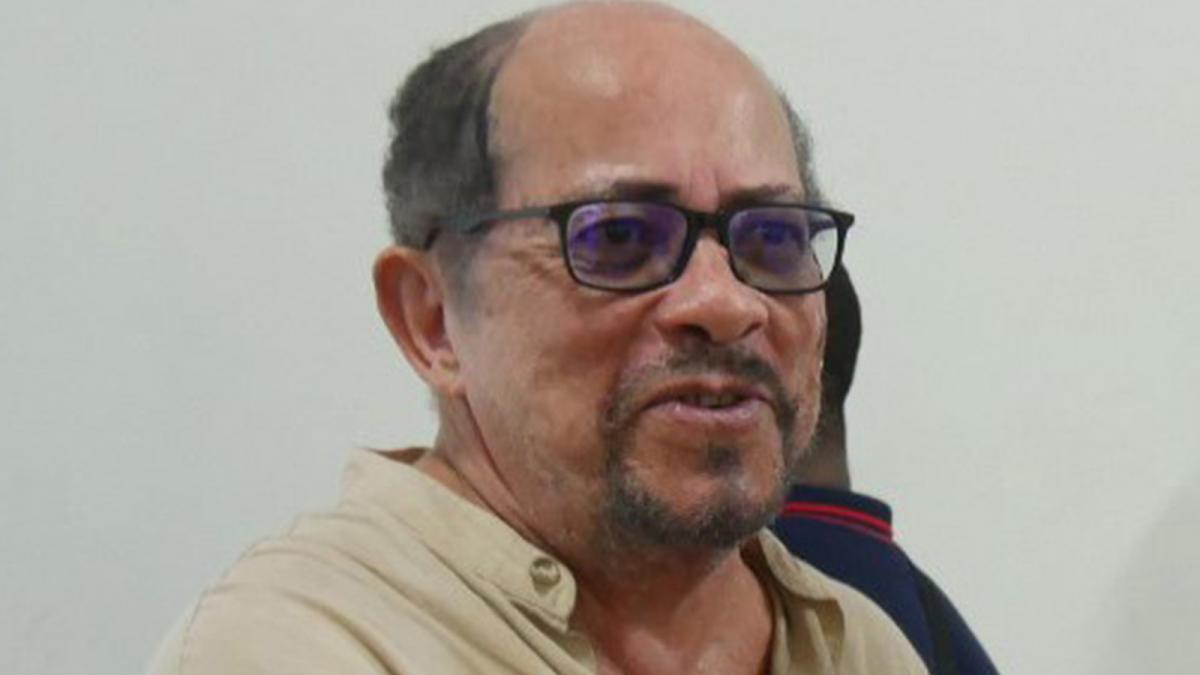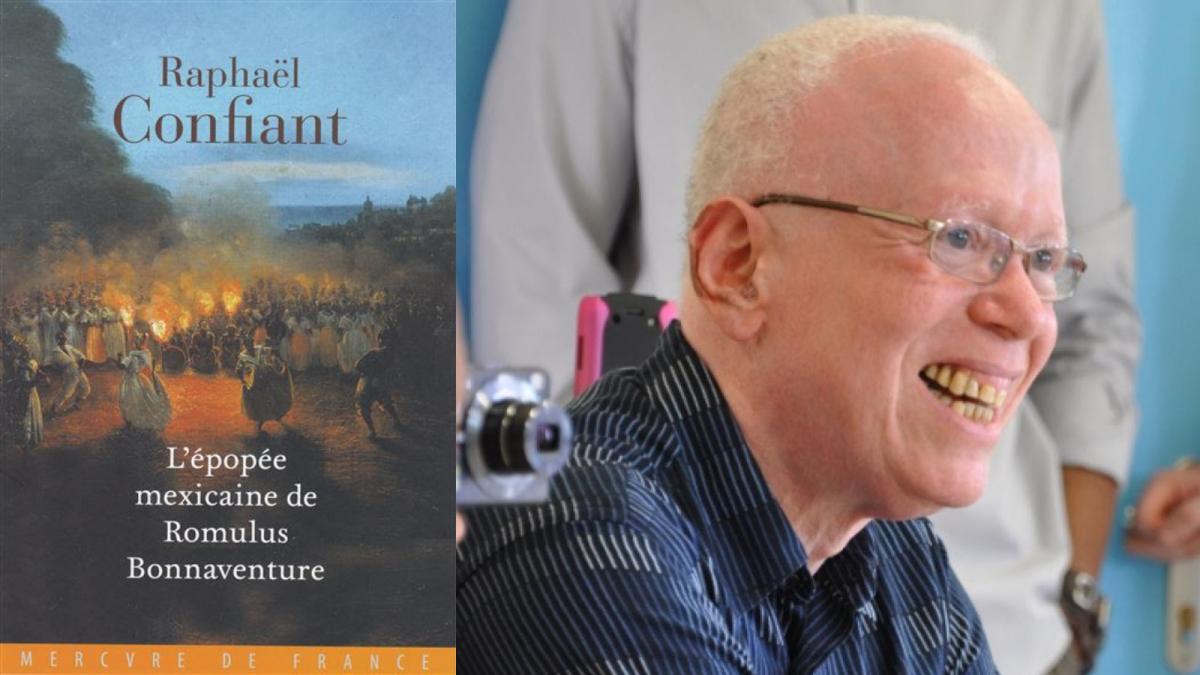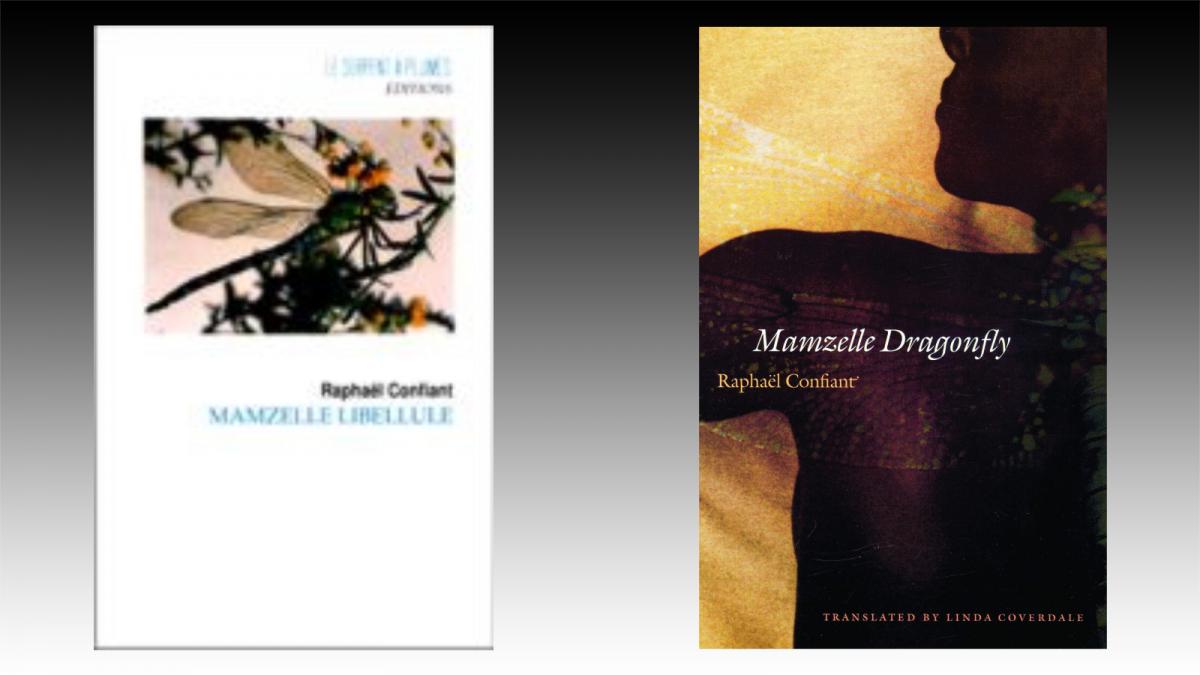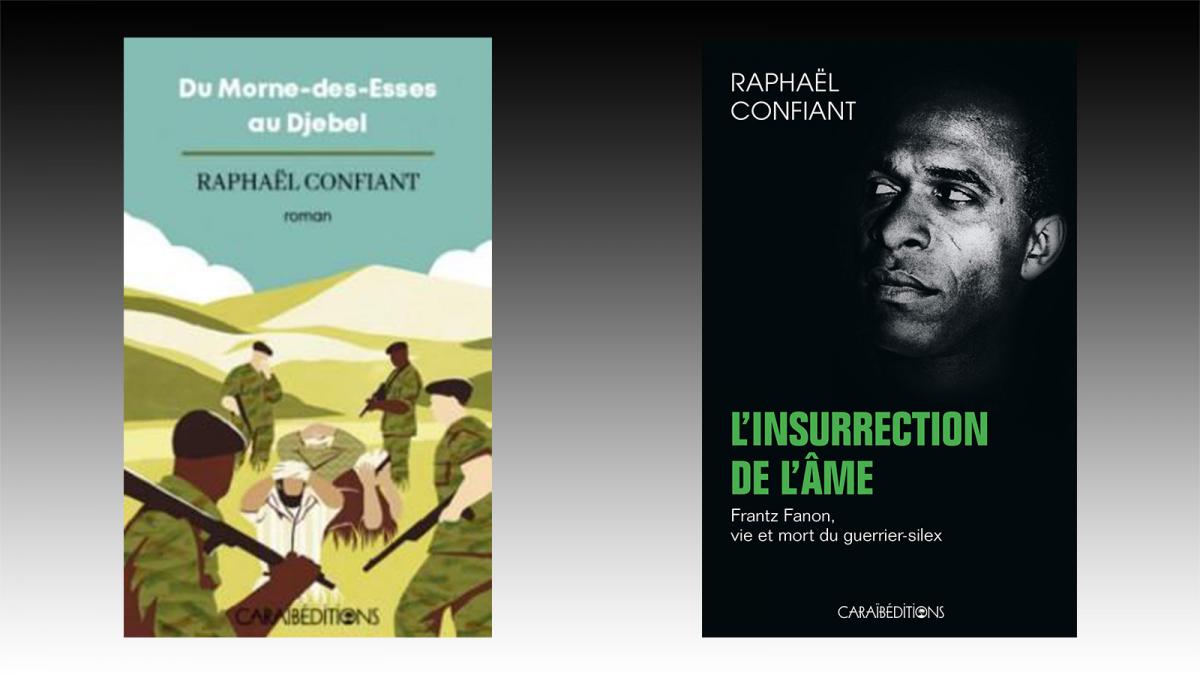How to Write in a Dominated Country: The Rewriting of Vichy History in Raphaël Confiant’s Le Nègre et l’Amiral
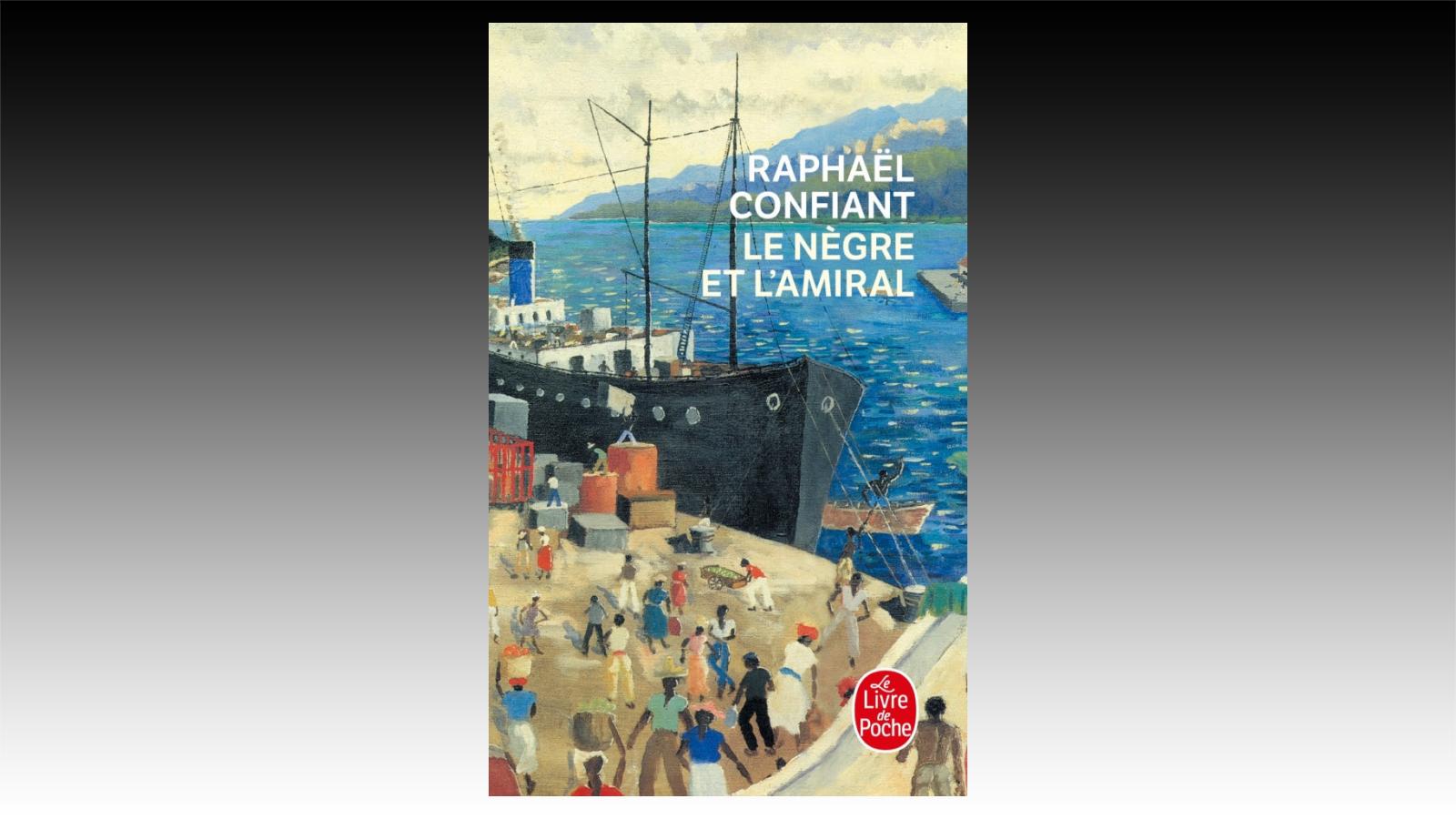
In 1988, Raphael Confiant introduced the Martinican people to an almost unknown part of their own history in Le Nègre et l’amiral. In this novel he speaks about “an tan Robè”, that is, the Vichy Regime of 1940-1943 in Martinique and various forms of resistance to it. “An tan Robè” was characterized by scarcity and restrictions on civil liberties. Repression carried out by its representatives, such as Admiral Robert, was so acute that Martinicans thought that slavery might come back.
In a preliminary study, I concentrated on the historical aspect of this novel. My present study analyzes why Confiant’s choice of revisiting Vichy’s National Revolution is not only meaningful historically, but also significant from a literary point of view. I argue that the notion of resistance/dissidence and collaboration, prominent in Le Nègre et l’Amiral, appears as an allegory for Confiant’s dilemma: how to write in a culturally dominated country and what language to choose to express his créolité. This duality or dichotomy arises in contrasting the two narrators’ points of view this novel. This contrast also echoes the diglossic situation in the French Antilles; Creole and French are both spoken but only the latter is written thus creating a wide gap between spoken and written activities. French is the language that is official and revered, yet it does not always reflect the inner self, while Creole is despised, yet nevertheless, often represents the people. Confiant, writing his first novel in French, seems to give us a hint, however the answer is not as easy or obvious as it seems. The relationship between author, narrators and characters to language contributes towards constructing and unraveling the representation of self and the other, thus creating créolité.
The narrative structure of this novel echoes the diglossic situation of the Antilles. Indeed, we have two narrators and thus two stories: a personal story integrated into a wider, more official one. Pages of another piece written by the character Amédée are also inserted into the main body of Le Nègre et l’Amiral, and at times, constitute whole chapters. The notion of duality should then be emphasized. The two levels of narration give a specific depth to the story. This dichotomy led me to wonder about schizophrenic constituents of the writing process. What language, voice or character should one choose? The narrator’s function lies in his rendition of the characters’ lives and their ways of speaking, their use of words. For this reason, I would like to concentrate on the characters Rigobert and Alcide. At different levels, both of them embody the myth of the “nègre marron”, who is the ultimate resistant to the colonial and Vichy regime. The Vichy regime forces hunt them down: One hides in the “mornes”, that is, the mountains, and the other goes to St. Lucia to join the Dissident and British forces.
Rigobert is a man who never went to school. He is depicted as someone who has earned the right not to speak a word of French and who is quite proud of it. Because he despises French and prides himself about speaking only Creole, he could be viewed as being representative of a pre-1988 Raphael Confiant, who was fighting for his right to express himself only in Creole. Yet, the omniscient narrator presents Rigobert’ stream of consciousness in French. Paradoxically, we can even hear Rigobert, a character who does not speak French, think in French.
“Il pensait en son for intérieur: “Moi, crier: “Belles robes à dix francs! Pantalons escampés en tergal ! Accourez, mesdames et messieurs de la companie. Venez vite avant que le bonheur ne retire ses pieds ! », moi Rigobert Charles Francis ? Je n’ai donc rien à faire de ma vie, hein ? »
By translating instantaneously this character’s Creole thoughts to the reader, the narrator demonstrates the necessity of making the Creole message understandable to those who do not speak this language. We may wonder why it is so important for the reader to comprehend what Rigobert, a riffraff, has to say. While reading le Nègre et l’amiral, we witness the “mythification” of this character who has left the status to gain a more desired one, that of the ‘marron’. Rigobert’s characterization, the translation of his Creole stream of consciousness and his thoughts seem to indicate that the narrator has decided to cope with the dilemma of language by writing in French. Alcide’s depiction will shed further light on the narrator’s strategies about and relation to language.
Alcide is introduced as a “maître-phraseur” who is a middle-school teacher that attended the colonial school. Consequently, he masters the French language rather well and from the start he is opposed to Rigobert, the speaker of Creole and the symbol of real manhood. Rigobert calls this teacher “une petite couille de chien fer”, “un instituteur ou un sacré insignifiant de cette marque » and « un freluquet ». Alcide’s mastery of French seems to take away his manhood, whereas Creole is linked to sexuality and manhood. However, this “maître-phraseur”, who throws off French phrases in front of uncultivated black and uses French to seduce loose women, will use Creole as the ultimate weapon of seduction. Describing Alcide’s use of Creole, the narrator cannot help but show us his enthusiasm, which stands out as intrusive. Alcide’s words to Louisiane, a character he is trying to seduce, are in Creole in the text. Those Creole words are introduced by the narrator’s comments free speech: “en Creole s’il vous plait!: ou sé an pil fam (vous êtes une vraie femme)” between parentheses. Here, the virile impact of Creole, as far as sexuality is concerned, is emphasized. Alcide could use French to seduce, which would be the easy way to score. Instead, he uses his personal, local language as a sign of resistance. Contrary to Rigobert, he has a choice and he chooses Creole, which pleases the narrator. French is not always the answer.
Despite being sexually diminished in Rigobert’s opinion, Alcide is depicted as a womanizer. His taste for the other sex is a reaction to his schooling and education in the colonial school and to his ‘francisation’. His first act of transgression is to use French, a culturally empowering language, as a mere means of seduction, to sexually or romantically empower the uneducated black men he knows. Alcide conveys his sexuality and his resistance to the colonial and Vichy regime through his use of Creole. He has a great appetite for women. His sexual drive, as opposed to Rigobert’s near-celibacy, is also a metaphor for Confiant’s answer to the dilemma of language. Rigobert, the real man, “le major”, is shown masturbating in front of posters of white women. The image of his semen splashed over his white playmates’ posters could be perceived as the metaphor of an aborted communion and communication. This is similar to writing in Creole when there is no one to read the finished work. The personal gratification is great, the writing process is pleasurable, however the lack of a reader is an excruciating frustration. Rigobert’s masturbation in front of his posters also represents the pleasure a man could derive from any foreign beauty without the desire to incorporate her into his life. This is also another type of resistance. Rigobert is not a character who will have mulattoe children. He represents Confiant’s will to keep the purity of Creole, and contrary to Chamoiseau, he does not believe in mixing Creaole and French, that would result in a “français-banane” or a bastard language.
What will happen if Creole is kept the way it is? The answer to this question can be found in Alcide’s sexual drive and the risks he takes to satisfy it. His choice of resistance is detrimental to him: he looses his wife and contracts a sexually-transmitted disease. After trying nontraditional, empirical forms of medicine without success, he is cured by medical doctors. Alcide still cannot stop having sex, so he decides to become pro-active and to wear condoms. After a long search, Alcide transcends his dilemma. The reference to the condom is important. His sexual problems and his final choice of an effective way to be treated and protected could also be perceived as an allegory of Confiant’s language choice. Sex, symbolizing the Creole language, is inserted in a condom, a symbol of the French language, thus allowing for climactic pleasure to be reached. The condom metaphorically stands for communication and the ultimate communion which is the understanding of the message without the fear of the debilitating aftermath of a disease, or the frustration of not being read or understood. The condom, covering the sexual organ, will adapt to any size and is supposed to allow for sensations. It may even intensify them, so that a man’s sexual organ will be enhanced. More importantly, the condom prevents reproduction. This flexible device is an obvious metaphor for créolité. A bastard language is rejected for an evolved form of French. This becomes obvious in studying the language of the narrator.
We have seen so far that the narrator translates Creole into French, either directly or indirectly by means of parentheses. However, in his discourse we also encounter standard French, broken French and Creole. For the narrator, broken French is the language of black people who do not like themselves. La race des nègres “se haïssait elle-même à cette époque…, elle préférait le français banane au Créole. » Yet, the narrator’s langauge is surprising and seems to be a broken language, therefore we may wonder if the narrator conveys self-loathing or even if Confiant has not betrayed his ideal of defending Creole, as some critics have suggested. The narrator does give a clear definition of what français-banane is: a flawed translation of Creole into French by people not able to master French, but using it to show off or increase their prestige. The narrator’s French, even if not always standard, is far from being flawed. For instance, the narrator presents a character that presumably has lost his mind, saying Il “est tombé fou.” The reader’s first response is to see this French as incorrect. However, in the dictionary, one of the meanings of “tomber” is “devenir”, to become. So if you can “tomber amoureux” (fall in love), why not “tomber fou”? This notion of fall (“chute”) is more appropriate for expressing Creole experiences. So the narrator’s language is characterized by a literary diglossia. He inserts a Creole experience into the narrative, that is, a language into another language which is usually perceived only as a carrier.The narrator becomes what Glissant and Chamoiseau call “un marqueur de parole”. The main voice deconstructs the myth of the glorified, rigid/inflexible French language and that of a Creole despised because of its inadequacies. At the same time, the main voice deconstructs social dictates of the dominant language: it constructs the myth of the créolité of language. The narrator’s perception of History grounds all characters from different backgrounds to the same “mythified” story, the same language and the same voice, that is, “we”. For him to write in a culturally dominated country is to write his own story, from an inclusive expressive cultural point of view - the “we”, “nous”. He conveys the collective legacy through his voice, thus, “he” becomes “we”.
The voice that is singled out is Amédée’s, the subaltern narrator. Amédée, a brilliant, former student who got a scholarship to study in France, is, ironically, a writer who cannot write: “C’est un écrivain en mal de mot”. In France, he comes in contact with the elite of the black renaissance which makes him realize the extent of his alienation. A painting seen at a white friend’s house, “le Nègre de Géricault”, is the emblem of his dilemma and the mirror of his inner turmoil: “Je suis cet homme! Oui, ce nègre-là, hésitant entre le grand mirage blanc et la tendresse du giron nègre.” He never know which culture is best for him or which identity he should endorse. He fails to complete his novel and on top of that, the pages he writes are destroyed by the woman he loves, Philomène. Amédée wants to be his people’s spokesman, yet he is unable to do so as he cannot choose a language. He is only close to Creole when he is having sexual intercourse with Philomène because she makes love in this language. Sex is once more a metaphor for the choice of language. His respect for French is too strong which stems from his upbringing. His father loathed Creole and forbade his children to speak it: “Zoulouter la langue française” was out of the question. So a distance is established between the first person narrator and the despised Créole. In his narrative, he is clearly an outsider of the collective he wants to define, despite his attempts to belong.
Amédée’s inability to be a spokesman is echoed in his inability to have a child with Philomène. He thinks she is sterile, while she systematically gets rid of any unborn child. Here again arises the problem of aborted communication. Nothing can be born out of their relationship as they do not speak the same language or share the same background. This situation parallels the author’s refusal of cross-breeding, depicted by Rigobert’s masturbation. From the start, Amédée’s personal narrative is doomed because it is flawed. First, he rejects Creole, then French, and consequently he has no language to carry his voice. His narrative then disintegrates, as he has no medium to convey his feelings or thoughts.
The analysis of the narrative levels in Le Nègre et l’Amiral allows us to see how Confiant challenges the norm in rejecting the myth of a static language. He manipulates and structures words for his own purposes, showing how flexible French can be. The use of two different narrators echoes the diglossic situation of Martinique and the author’s personal dilemma. The omniscient narrator, through the validity of his collective language, fights not only for the preservation of a language, but also for its evolution. The first person narrator personifies the voice of self-conflict and also shows the difficulty of establishing one’s identity in the colonial era. Doing so, he paves the way for the authors of Créolité. The author of Créolité wants to go beyond what has been accomplished by various Martinican writers who have demonstrated their mastery of French. Now it is time for Martinicans to adapt French to their own needs.
Jacqueline COUTI
- Se connecter ou s'inscrire pour publier un commentaire
- 108 vues
Connexion utilisateur
Dans la même rubrique
Top 5 des articles
Aujourd'hui :
- Le grand livre des proverbes créoles
- La Créolité à la façon de Raphaël Confiant : étude de L’épopée mexicaine de Romulus Bonnaventure
- Les stupéfiantes facultés divinatoires de Concept Lapierre, voyant du Morne-des-Esses
- "Les Saint-Aubert", la nouvelle saga de Raphaël Confiant
- HENRI MESCHONNIC OU LE PASSANT CONSIDERABLE
Depuis toujours :
- Le grand livre des proverbes créoles
- Les stupéfiantes facultés divinatoires de Concept Lapierre, voyant du Morne-des-Esses
- LA DIFFERENCE CONCEPTUELLE ENTRE LA NEGRITUDE, L'ANTILLIANITE ET LA CREOLITE
- Raphaël Confiant
- Césaire fut "anté-créole" et pas "anti-créole"
Visiteurs
- Visites : 1154760
- Visiteurs : 81111
- Utilisateurs inscrits : 46
- Articles publiés : 303
- Votre IP : 216.73.216.20
- Depuis : 09/05/2022 - 19:37

